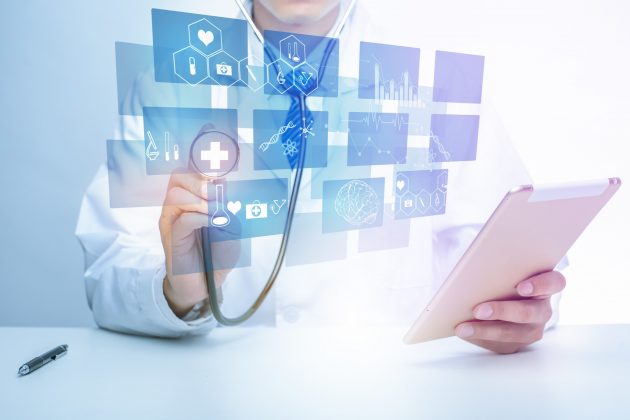
Sensor technologies for pressure injury prevention improve outcomes and operational efficiency for hospitals
by CM Staff
New solutions deliver value to hospitals by improving patient care through increased adherence to patient repositioning protocols, according to providers surveyed by Frost & Sullivan

COVID-19 Sparks Boom in Digital Hospitals with Smart Technologies, Improving Quality of Care
SANTA CLARA, Calif. — Even as the incidence of many other healthcare complications is declining in hospitals, pressure injuries continue to remain a stubborn challenge for many providers. The economic impact of hospital-acquired pressure injuries (HAPIs) is significant, costing the U.S. healthcare system US$9.9 billion to US$11 billion per year.
Frequent and proper patient repositioning to promote tissue recovery are effective means for reducing the risk of pressure injuries, but there is an urgent need for solutions that offer real-time, patient-generated data to remind staff to perform these critical tasks according to the latest international best-practice guidelines. In addition to reducing HAPI incidence rates, these wearable technologies allow nurses to focus more on clinical care instead of auditing, chart review and documentation.
Frost & Sullivan’s latest white paper, Improving Patient Care with the Smith+Nephew LEAF◊ Patient Monitoring System, discusses the significant problem of hospital-acquired pressure injuries, the operational and economic impact of HAPIs on providers and the potential benefits that a patient-worn sensor solution can bring to managing the condition more effectively. The paper is built off extensive surveys conducted with clinicians and administrators across many different roles within U.S. hospitals.
“Healthcare providers need better tools to simplify the management of patient turning, and thereby improve outcomes and align their in-house protocols with evidence-based clinical guidelines,” observed Charlie Whelan, Vice President of Consulting, Healthcare & Life Sciences, at Frost & Sullivan in a prepared statement. “An automated system based on patient-worn sensor data that is customized to the patient’s turning and mobility plan is the most reliable strategy to prompt healthcare professionals to reposition the patient.”
“Our LEAF◊ Patient Monitoring System can be highly effective in combating HAPIs. This technology, backed by more than 7 million hours of data on over 60,000 patients, has demonstrated proven effectiveness in helping reduce the incidence of pressure injuries by 73% in an investigator-led, randomized controlled trial,” noted Laura Ackerman, National Area Vice President, Growth Platforms at Smith+Nephew. “In both real-world implementations and studies, it was shown to enhance facilities’ adherence to patient turning protocols, on-time care delivery, documentation, and nursing teamwork.”
The top benefits of a sensor-based turning compliance solution include:
- Providing real-time, patient-specific reports on whether a patient has been adequately turned to offload tissue according to hospital protocols.
- Delivering protocol adherence monitoring and alerts that support best practices for patient turning, as recommended by the latest National Pressure Injury Advisory Panel (NPIAP) clinical guidelines.
- Reducing documentation burden on nursing staff, allowing them to focus more on clinical care.
- Lowering the risks of pressure injuries and the consequent negative patient outcomes and economic impact on the facility.
- Forming part of the hospital’s overall strategy to push the HAPI incidence rate closer to zero.
- Helping facilities improve on-time care delivery, documentation and nursing teamwork.
- Viewing the resulting data in a customized interface on centralized computers, local workstations or any web-enabled device to help staff prioritize who needs to be turned and when.